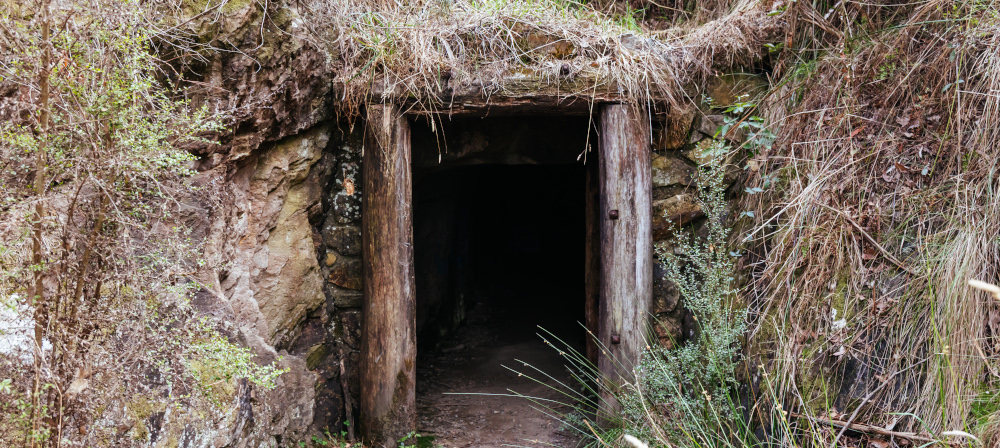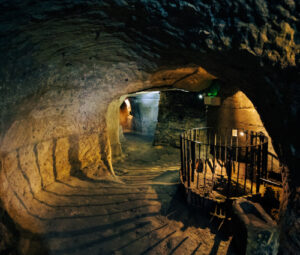
It always starts with a sound. Not a loud one. Maybe it’s the first clang of metal against rock, or the hush of boots pressing into soft red soil before dawn. Maybe it’s the humming silence before a generator kicks in somewhere in the bush. Whatever it is, it’s small, nearly forgettable.
But the land remembers it.
Years pass. Machines come and go. Profits rise and shift hands. But the sound stays in the ground, under the roots of plants that try to grow where tailings once piled up. In communities that live with what was left behind.
There’s a rhythm to extraction that few people outside mining towns ever learn. It’s not just the dig, the haul, the sell. It’s the adjustment. The way everything around a site changes its beat to match the industry’s pulse. Tuck shops open at odd hours. School attendance drops when a new shaft goes up. The price of water shifts. And when the diggers leave? A quieter sound returns. But it’s not the same quiet. Some say the land heals itself. That time and sun and rain will eventually erase the trench lines, the dust. But healing implies forgetting. And the land doesn’t forget. It just absorbs.
There are families living on the fringes of these sites who can point to the exact spot where a cousin broke a leg working off the books. Elders who still warn children not to drink from that dam, not to swim past that bend. Their warnings don’t come from textbooks, they come from watching.
In parts of Limpopo and the Eastern Cape, old women still sweep dust off their stoops every morning, even though the mine closed years ago. In their sweeping, you can see memory. Not nostalgia, something closer to caution. It’s as if keeping the earth clean might keep the past from creeping back.
It’s not just the land that holds these echoes but it’s people. The way voices lower when they talk about “what used to be here.” The way older workers look away when they speak about the money that came and went too fast. There are rituals now. Ways to remember, ways to protect. Some plant trees on old sites. Some keep photos tucked away in rusted biscuit tins. Some just refuse to go near certain hills.
 The mines are mapped, but the memories are not. You won’t find them in geological reports or government surveys. They live in pauses between words. In the long stare out across an empty shaft. In a child asking, for the first time, why her uncle never came home. There are newer mines now. Safer, some say. Digitised, but hey still begin with that quiet sound. And they still leave echoes.
The mines are mapped, but the memories are not. You won’t find them in geological reports or government surveys. They live in pauses between words. In the long stare out across an empty shaft. In a child asking, for the first time, why her uncle never came home. There are newer mines now. Safer, some say. Digitised, but hey still begin with that quiet sound. And they still leave echoes.
The question now is not just what we dig, but what we leave. Not just what the land gives, but what it absorbs in return. Data and drones may map where the richest seams lie, but only people can trace the shape of what was disturbed. Only people can tell you what the noise did to the rhythm of a place.
Communities have learned how to live next to the scars. They plant maize in shallow soil. They rebuild schools farther from the dust. They hold meetings under tin roofs where elders speak in slow, deliberate tones. There’s resilience here, but it’s the kind that comes from necessity, not choice. You see it in the small things. In the faded mural on a wall that once marked the entrance to the worker’s compound. In the bent wire fences left behind, now holding up laundry. In the cracked concrete where weeds grow, strong and silent.
At a certain point, it’s not about gold or platinum or coal. It’s about tone, weight and the air on your skin. The way certain places hold silence differently than they used to. Some places never go quiet again. Not really. The birds don’t return. The frogs sound different. The wind moves differently across the ridge. You stand there and feel something, maybe history, maybe warning.
There’s no big moral here. Just a quiet idea. That long after the money moves on, the land is still listening. And sometimes, so are we.
And in listening, maybe we learn how to live differently with what the earth gives. Maybe we begin to understand that silence isn’t absence. That the hush after the noise is part of the story too. That the most honest things we can build are the ones that don’t try to erase what came before, but instead, choose to remember it.



